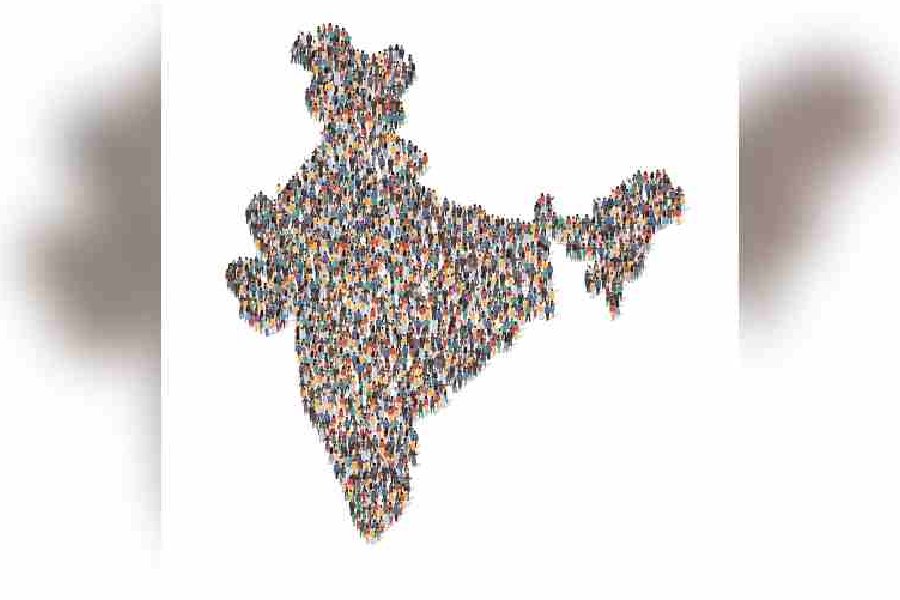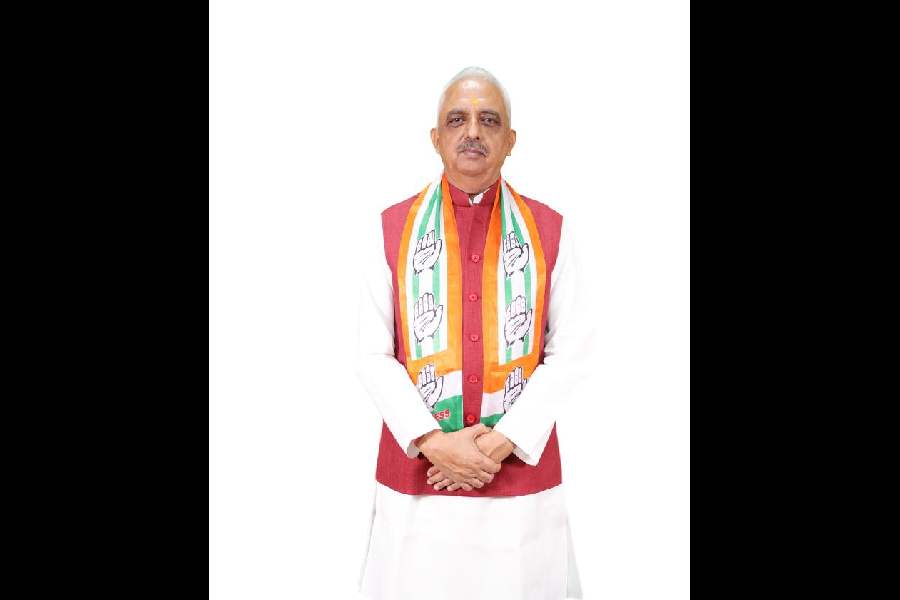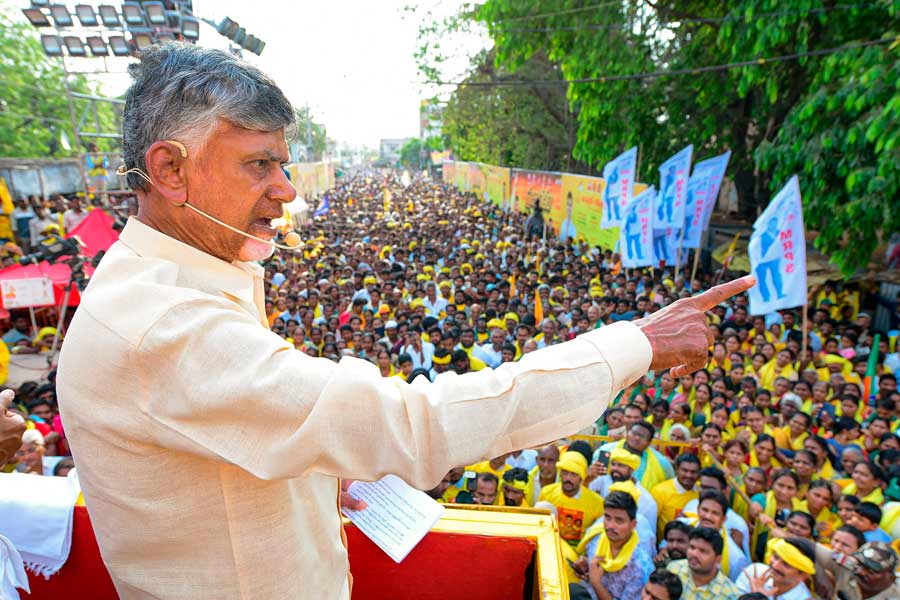A member of Parliament and two population health experts have proposed a central commission to examine options to geographically align India’s parliamentary constituencies with its districts wherever possible to address data gaps critical for development planning.
Such a reorganisation seeking to harmonise geographic boundaries of districts and parliamentary constituencies would facilitate efficient assessments of constituency-specific progress on myriad development measures relating to health, education and other socio-economic indicators.
Almost all government surveys — such as the National Family Health Survey — at present rely on data collected with the districts as administrative units. Most MPs who chair district development coordination and monitoring meetings cannot get accurate assessments of the progress on various socio-economic indicators because administrators have only district-level data.
Less than 30 of India’s 640 districts in 2016 were aligned with its 543 parliamentary constituencies. The number of districts has since then increased to over 800, intensifying the geographical misalignment.
Now, population health experts S.V. Subramanian and Rockli Kim and Biju Janata Dal MP Amar Patnaik have called for a national commission to systematically explore and develop strategies to harmonise these two critical policy units. “The timing now might be opportune as India is expected to embark on a fresh delimitation exercise for electoral units,” Subramanian, a professor of population health and geography at Harvard University, told The Telegraph.
Subramanian had five years ago led an effort to generate the country’s first-ever estimates for socio-economic indicators for each of India’s 543 parliamentary constituencies. In the latest version of this effort, they have combined microdata on individuals and households from the NFHS with the geographic boundaries of parliamentary constituencies to generate information specific to each constituency.
But Subramanian, Patnaik and Kim have suggested that an exercise to align the constituencies with districts might provide a more durable solution to address data gaps due to geographical misalignment of districts and constituencies.
The Centre had told Parliament last year while responding to a question on agricultural labour, that it does not maintain data at the constituency level. Several MPs have also in the past sought data unavailable for specific constituencies.
“This fundamental data gap needs to be addressed for MPs in order for them to function effectively in serving the needs of their constituents,” Subramanian, Patnaik, and Kim have said, proposing a commission in The Lancet Regional Health Southeast Asia, a peer-reviewed medical journal.
Since MPs are directly responsible and accountable to their constituents, development data at the constituency level in such meetings could substantially empower the MPs to function effectively in a targeted manner, Patnaik and his coauthors wrote.
Andhra Pradesh, which was due for reconstituting its districts since its separation from Telangana in 2014, decided to largely use the count and geometry of 25 of its 26 parliamentary constituencies to create new districts.
There is a delimination scheduled for reconstituting the number and geometry of parliamentary constituencies in 2026 and it would be timely to consider possibilities for harmonising the population served by the districts and constituencies, Subramanian, Kim, and Patnaik wrote.
The constituency-level data generated by Subramanian and his colleagues has suggested that between 119 and 218 constituencies are currently not on course to achieving some of the targets under sustainable development goals — a set of socio-economic indicators — set by the UN.
While a vast majority of constituencies have already achieved goals on adolescent pregnancy, multidimensional poverty and electricity access, more than two-thirds of the 543 constituencies are not on track to achieving other targets such as health insurance, clean cooking fuel or improved water quality.










